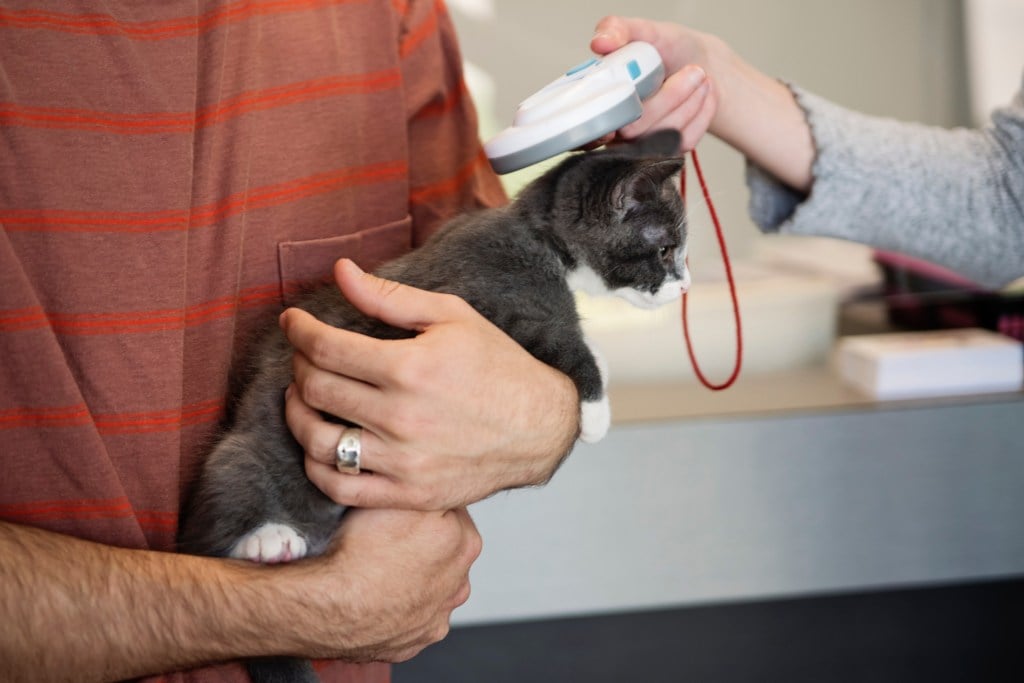Table of Contents
Just like humans, canines can be allergic to certain things in their environments. These allergens can cause painful and uncomfortable side effects for your dog. Determining what is causing the allergic reaction can be tricky, but it’s extremely important in order to restore your pet to health.
Causes
Dogs with environmental allergies are usually genetically predisposed. Hypersensitive antibodies release excessive amounts of histamine that cause the allergic reactions when the animal comes into contact with an allergen. The following are all common allergens in dogs:
- Animal dander
- Airborne pollen
- Mold spores
- Dust mites
Canines can also be allergic to fleas and specific types of food ingredients, but those are different types of allergies.
Symptoms
If your pet does have an allergy, symptoms will typically appear between the ages of 3 months and 6 years. This condition is chronic, meaning that it can’t be cured, only controlled. The primary symptom of environmental allergies is atopic dermatitis (atopy), an inflammatory skin condition that causes excessive itching, scratching, rubbing and licking of affected areas. Some parts of your dog’s body are more prone to becoming inflamed:
- Ears
- Ankles and wrists
- Muzzle
- Groin
- Underarms
- Around the eyes and toes
Your dog may chew or lick these areas so much that they bleed or become bald in spots. These areas are often red and raw from excessive self-grooming.
Diagnosis and Treatment
A complete medical history and physical exam will be performed by your vet, followed by an intradermal allergy test. Just like the human version, small amounts of common allergens are injected under your pet’s skin. If an allergic response – typically a small red bump – is provoked, this reveals any substances your dog is allergic too.
Hyposensitization therapy is a common treatment for atopy, but may take up to six months or a year to see results. Small amounts of the allergen will be injected into your dog, decreasing sensitivity over time. For quicker results, medications like corticosteroids and antihistamines can be prescribed to reduce severe itching. Sprays, both prescription and over-the-counter, are can be directly applied to larger affected areas.
How to Manage Dog Allergies
Keeping your dog inside during times of high pollen count can reduce the severity of outbreaks. Regular vacuuming and dusting may prevent the presence of dust mites. Your vet can also recommend ways your dog can avoid coming into contact with allergens. Bathing your pet with cool water and anti-itch shampoos containing eucalyptus or oatmeal will soothe itchy areas. Veterinary appointments every 2 to 8 weeks are necessary to determine if treatment is working. Even after your pet’s condition has become controlled, checkups every 3 to 12 months are highly recommended.
Environmental allergens are a common illness among dogs. At first your dog may not display any signs of atopy; prolonged exposure to the allergen causes symptoms to appear. With proper management of the condition, your dog can lead a relatively normal life. Veterinary care is essential; your vet can prescribe medications to reduce itching and recommend ways to avoid allergens. For more solutions including new treatments and their corresponding expense, check out our Cost of Pet Care Report.
The content is not intended to be a substitute for professional veterinarian advice, diagnosis, or treatment. Always seek the advice of your veterinarian or other qualified health provider with any questions you may have regarding a medical diagnosis, condition, or treatment options.








